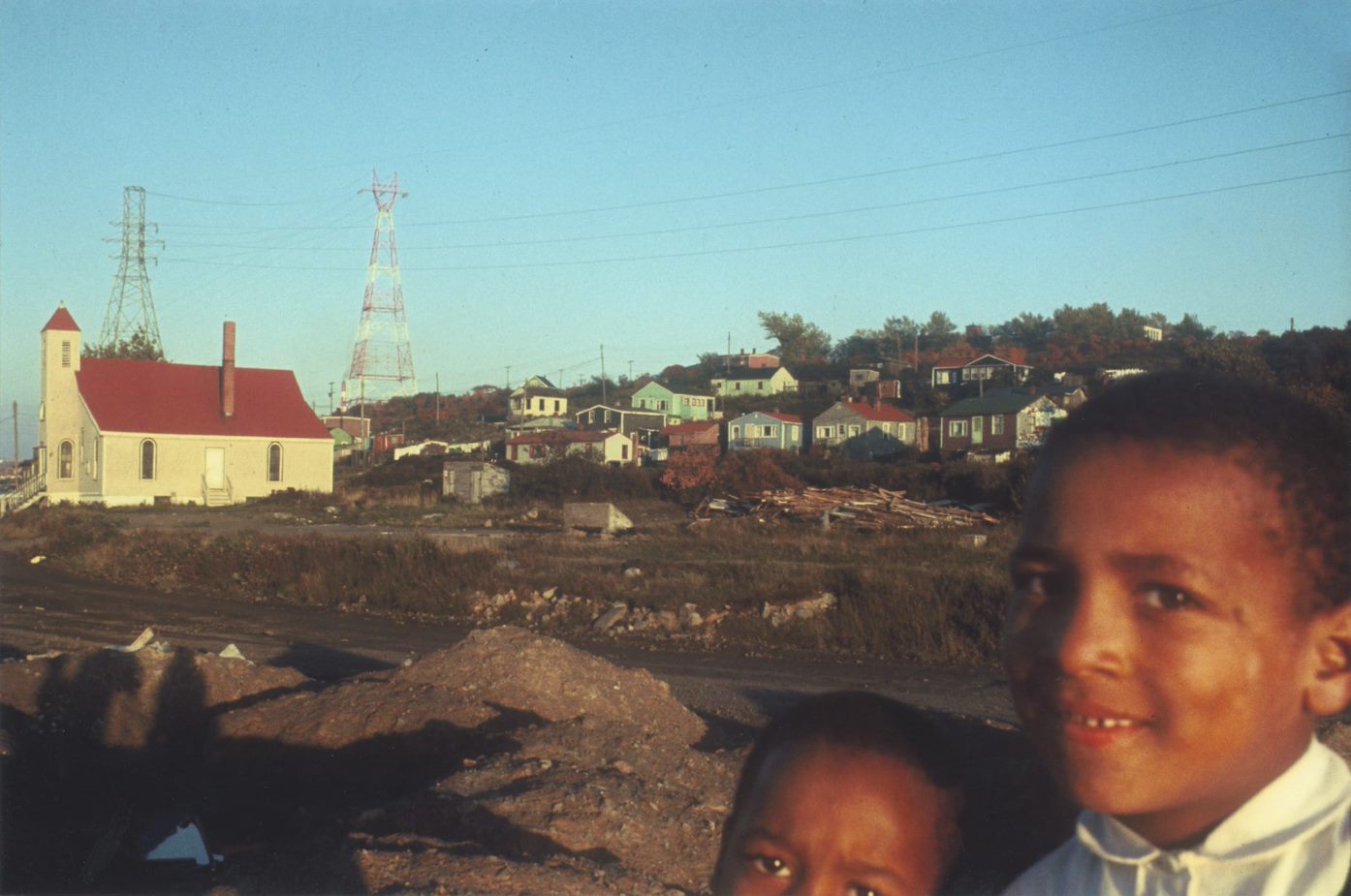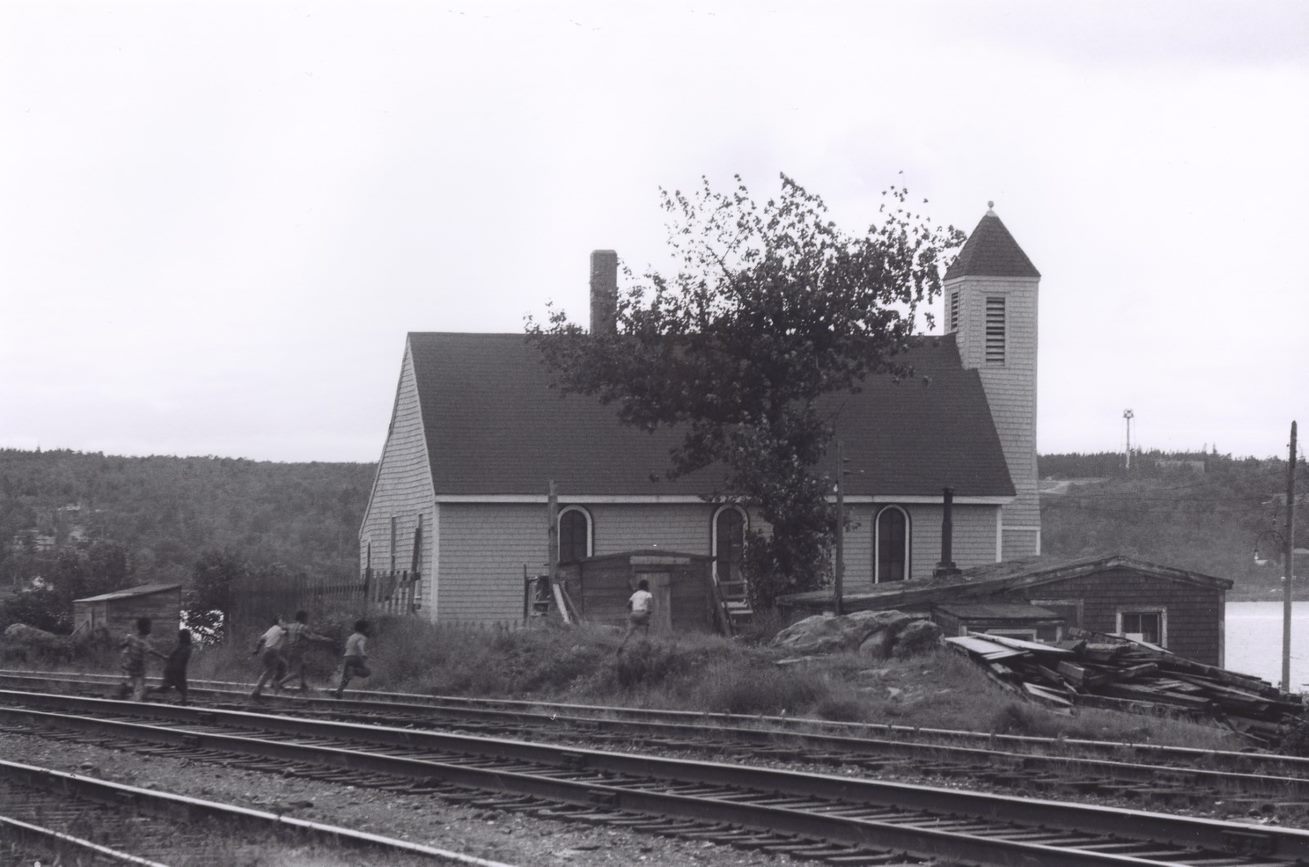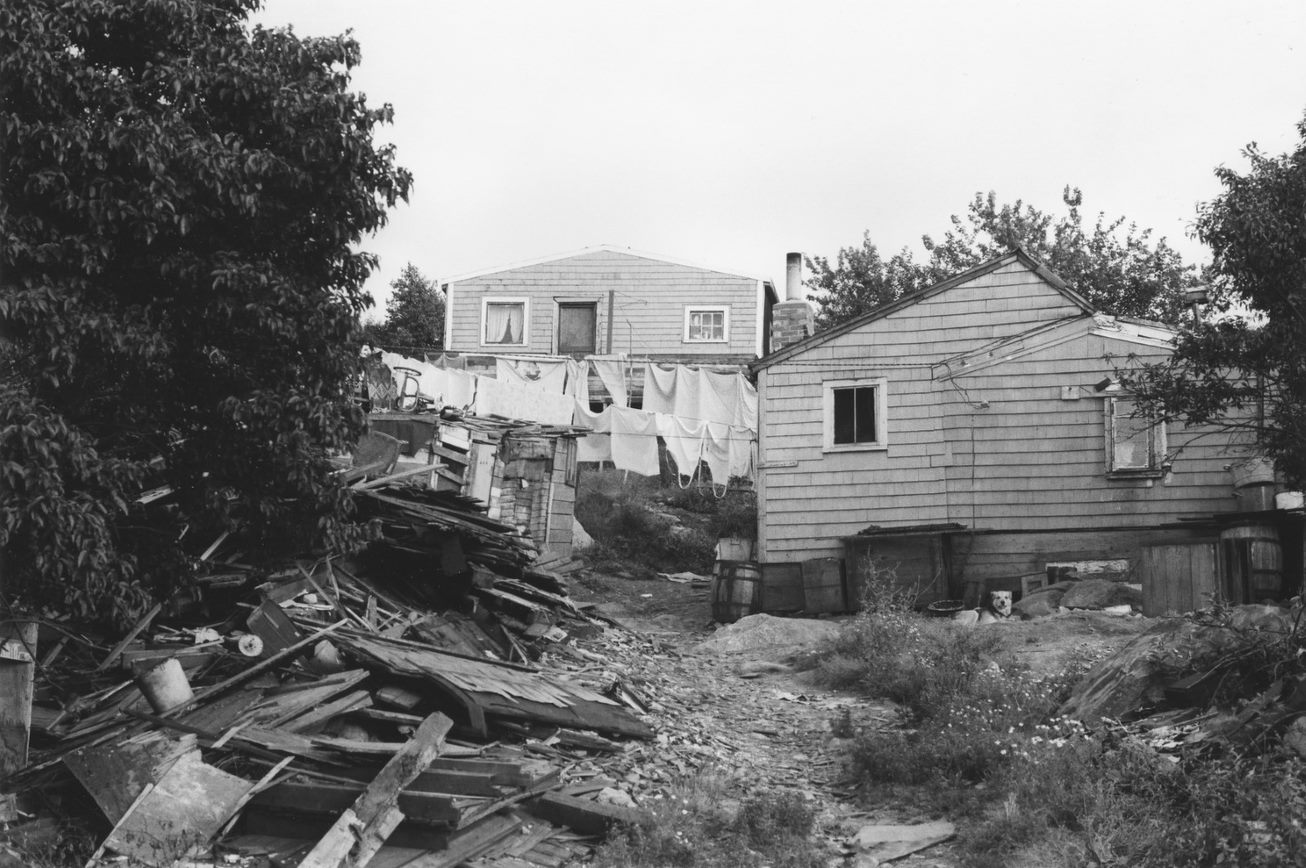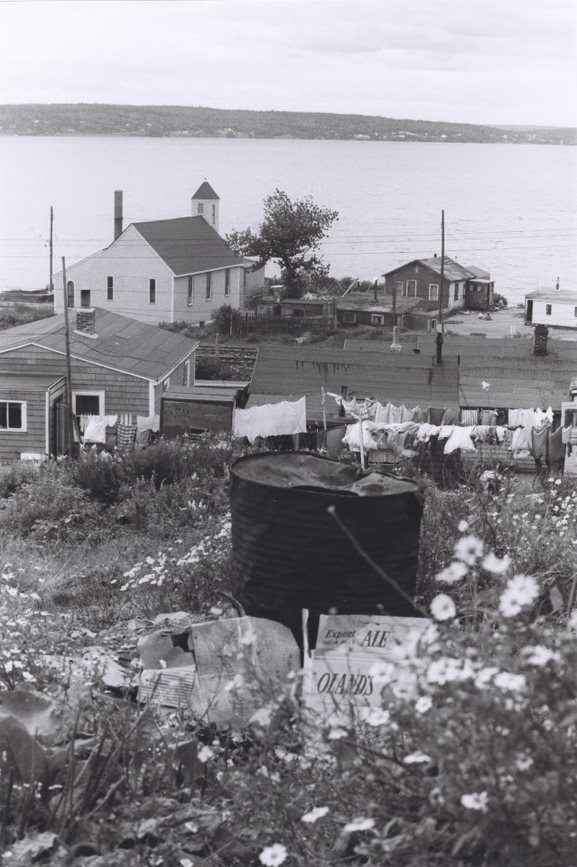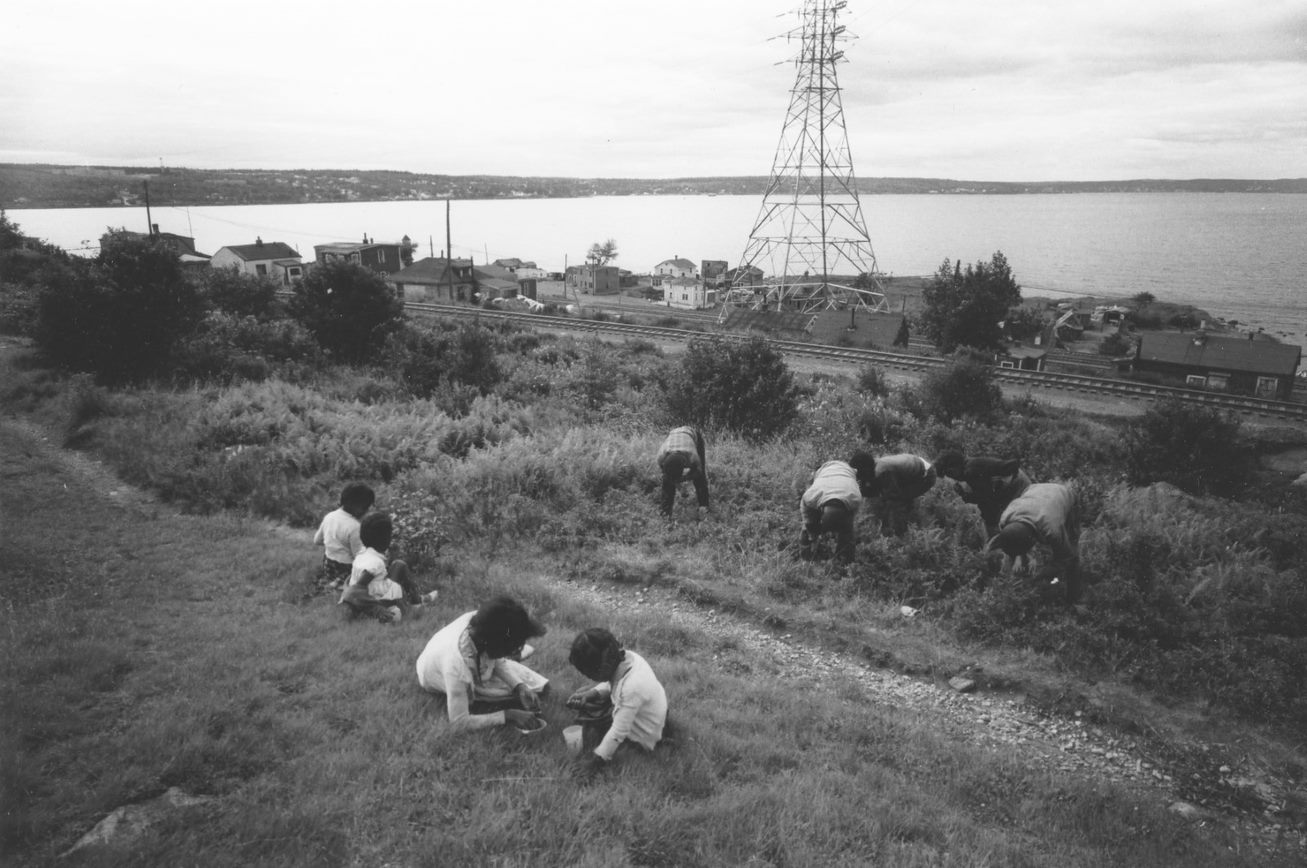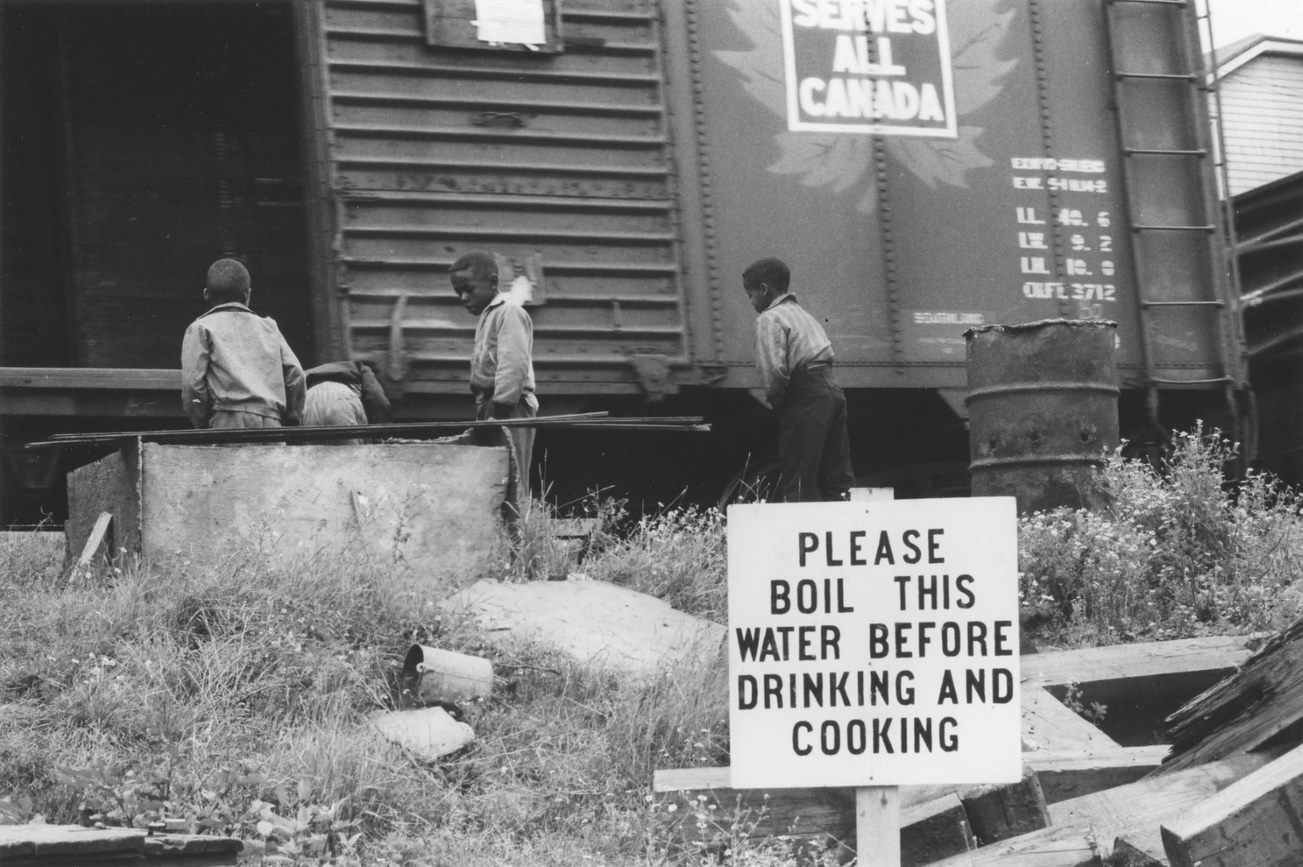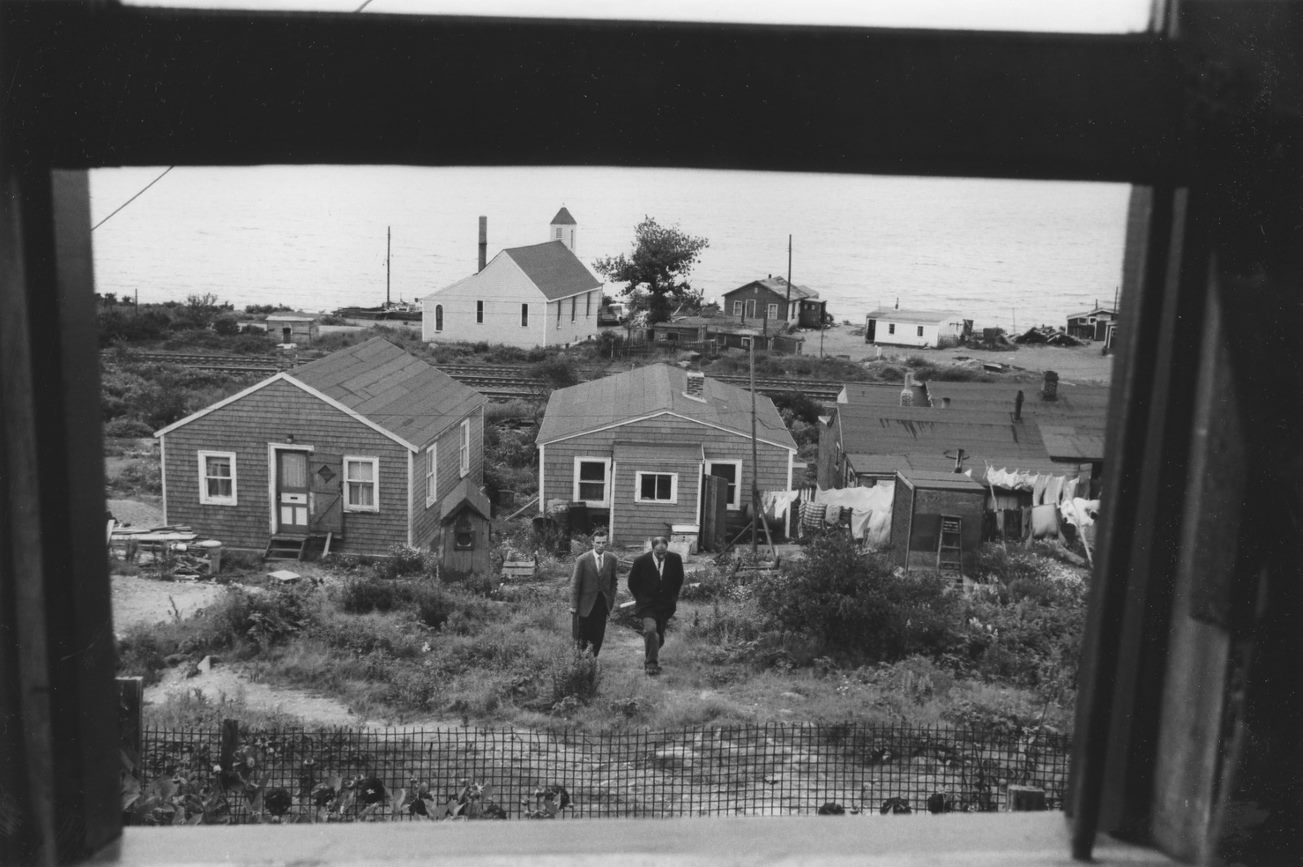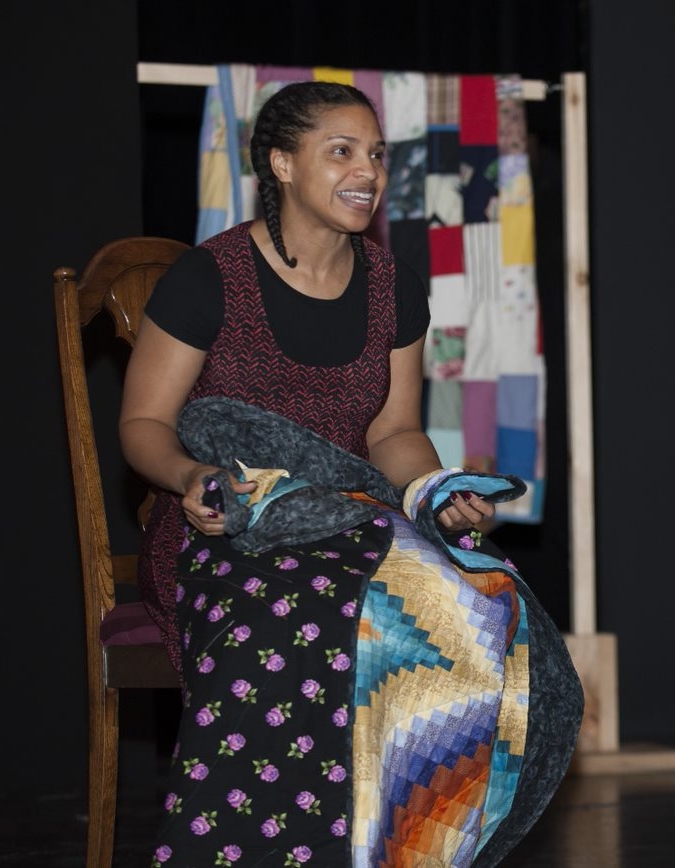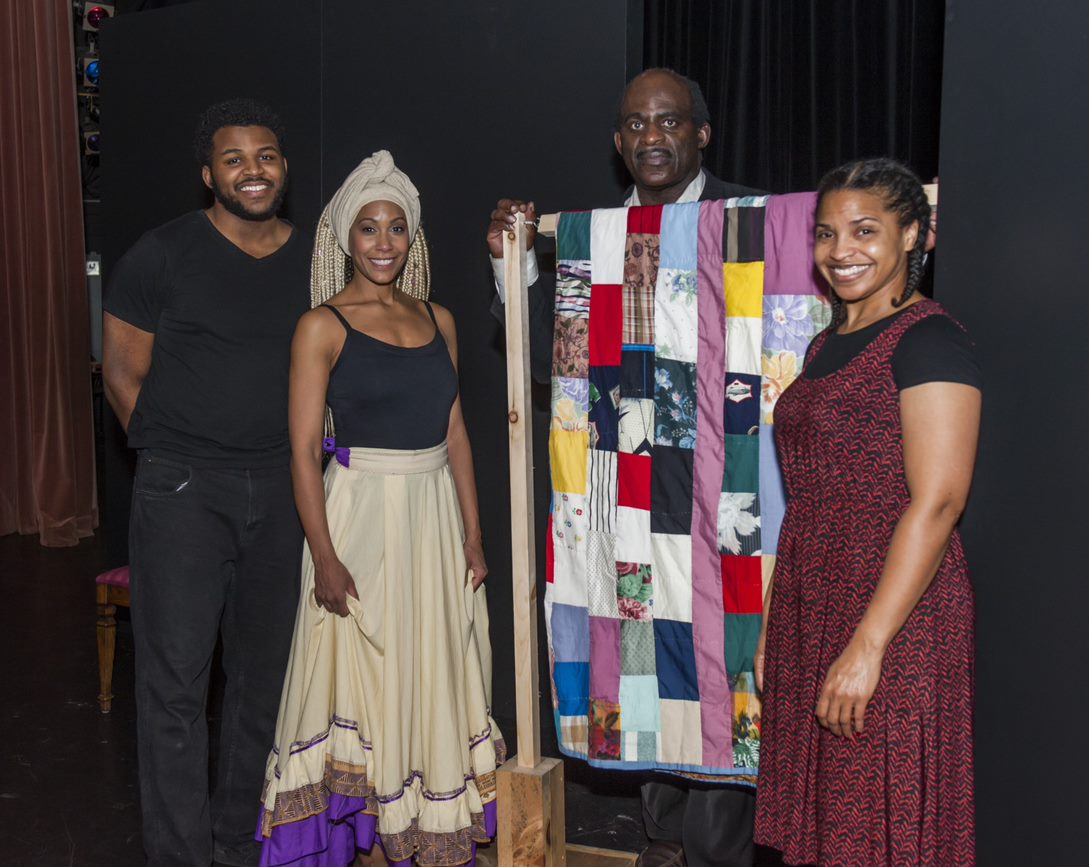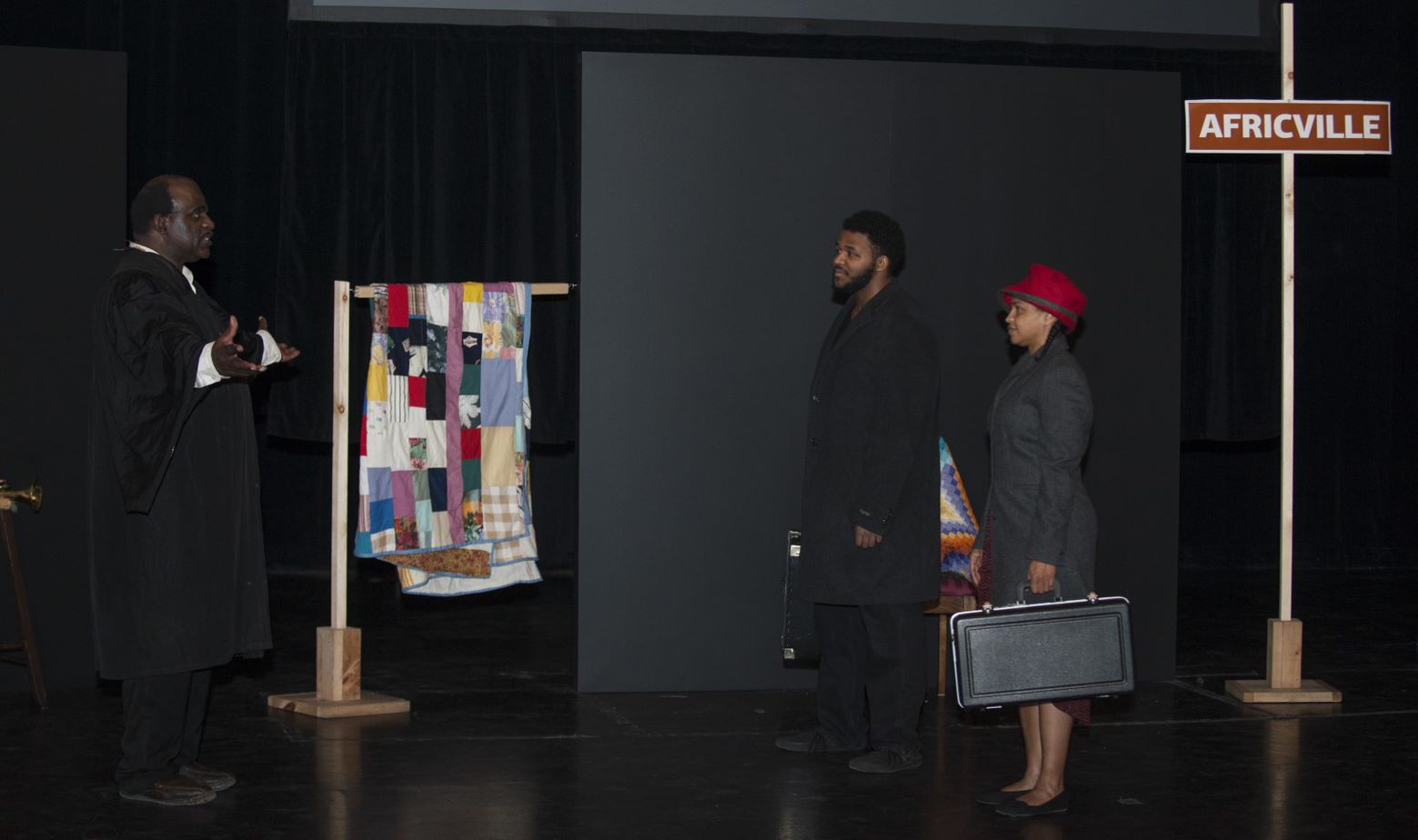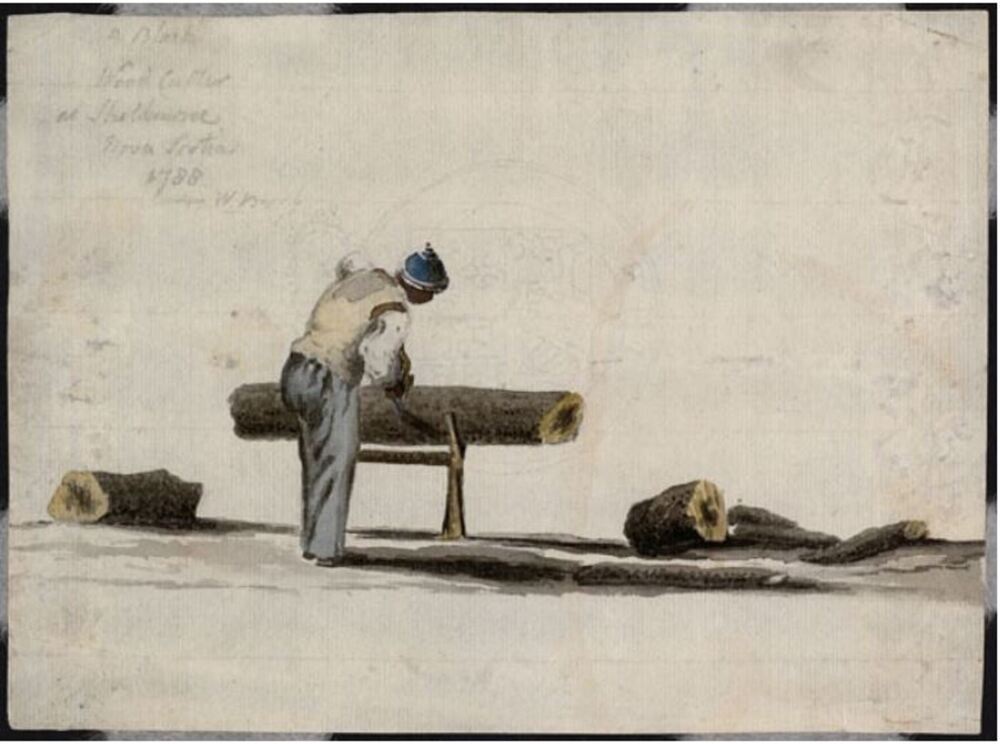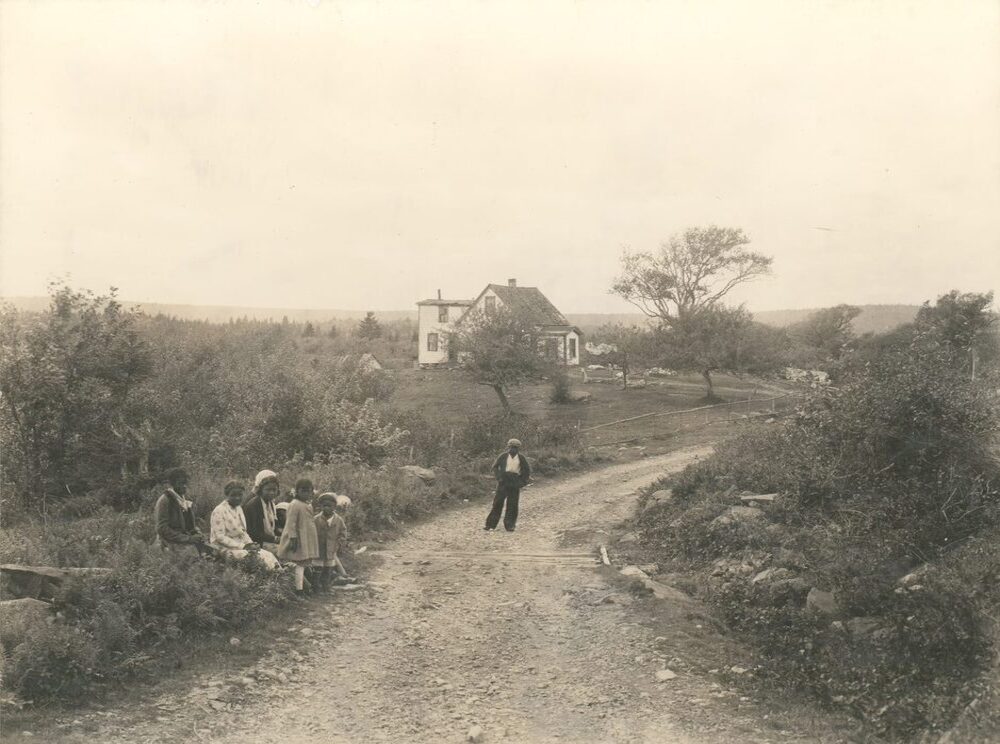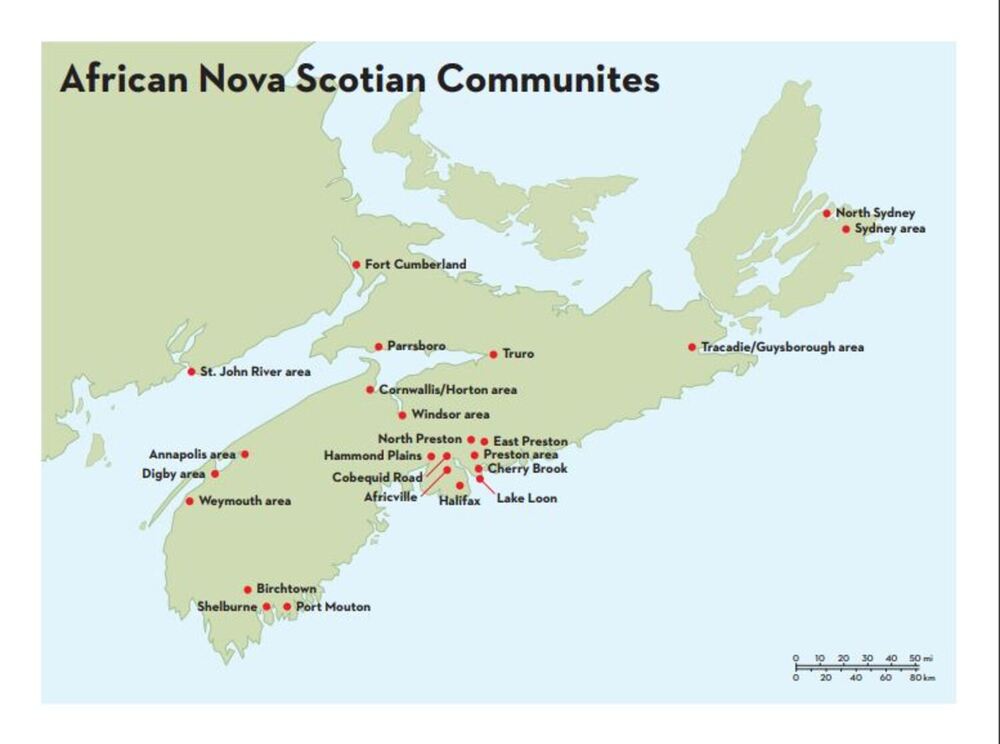
Africville: Bob Brooks Pictures
Photograph
Image
Video
Audio
 Activities
Activities
LOOK
I see . . . (Describe what you see in the photographs.)
I think . . . (Describe what is happening in the photographs.)
I wonder . . . (What questions do you have about the photographs?)
THINK
What is the importance of this community?
THINK
What is the significance and symbolism of the destruction of this community by the City of Halifax?
DO
Using maps, find Africville. Look for examples of community commemoration, celebration and remembrance.
Details
 Materials
Materials - Photograph
Historical Context
Choose one of the three levels below to match your needs.
- Photojournalist Bob Brooks’s photographs show everyday life in Africville between 1962 and 1965.
- In 1848, Africville became the first and only community in Nova Scotia formed by Black land purchase.
- The city of Halifax wanted to redevelop the area, and residents were forcibly relocated between 1965 and 1972. Their homes and church were demolished, and the was community erased.
- The city apologized to the people of Africville in 2010.
- The play Once: Africville Stories was presented at the Canadian Museum of History in 2019.
Scroll through the media carousel for more images of daily life in Africville, as well as photographs depicting the community’s enduring legacy.
White photojournalist Bob Brooks’s photographs show everyday life in Africville from 1962 to 1965.
William Brown and William Arnold established Africville in 1848 — the first and only community in Nova Scotia formed by Black land purchase.
Africville was surrounded by factories, cesspits, and slaughterhouses. Although residents paid taxes, Halifax did not provide municipal services. The city earmarked the area for industrial development, and residents were forcibly relocated between 1965 and 1972. Their homes and church were demolished, and the community was erased.
The city apologized to the people of Africville in 2010. A financial settlement helped develop a museum on the site of the former church. Since 1983, former residents and their descendants have held an annual picnic on the Africville grounds. The play Once: Africville Stories was presented at the Canadian Museum of History in 2019.
These photographs capture the community of Africville. Taken by photojournalist Bob Brooks between 1962 and 1965, the images are a comprehensive and intimate record of what life was like for residents at the time. Blueberry picking, attending Seaview Baptist Church, and waving to passing trains are among the fond memories of many former Africville residents.
Unlike most other African Nova Scotian communities, Africville sprang up on land purchased by individual Black citizens. Africville was officially founded in 1848, when land was purchased by William Brown and William Arnold; however, there are some claims that there have been Black settlers on the land that became Africville as early as the 1700s.
Africville had a difficult history. Although geographically part of the City of Halifax, it was always a separate community. Railroad tracks bisected the community, and it was surrounded by factories, cesspits, slaughterhouses, and other non-residential facilities.
The elementary school was closed in 1953, and the children were sent to racially integrated schools elsewhere in Halifax. Although Africville residents paid taxes, the municipal government did not provide the community with services such as water, sewer or police. Instead, Africville was earmarked for eventual industrial development.
Between 1965 and 1972, Africville residents were forcibly relocated and scattered across Halifax “under the threat of expropriation,” and their homes and church demolished for urban development. In effect, their community was destroyed.
In 2010, a formal apology was made by the City of Halifax to the people of Africville, for the loss of their community. A settlement was reached, which established the Africville Heritage Trust. The Trust maintains a museum on the site of the former Seaview Baptist Church, and the site is also now a national historical landmark.
Former Africville residents and their descendants are proud of their heritage. Since 1983, annual reunions have been held each summer on the Africville grounds. Also pictured here is the cast of Once: Africville Stories. In 2019, the cast came to the Canadian Museum of History to share their groundbreaking play, celebrating the spirit, history and legacy of Africville.
- Photojournalist Bob Brooks’s photographs show everyday life in Africville between 1962 and 1965.
- In 1848, Africville became the first and only community in Nova Scotia formed by Black land purchase.
- The city of Halifax wanted to redevelop the area, and residents were forcibly relocated between 1965 and 1972. Their homes and church were demolished, and the was community erased.
- The city apologized to the people of Africville in 2010.
- The play Once: Africville Stories was presented at the Canadian Museum of History in 2019.
Scroll through the media carousel for more images of daily life in Africville, as well as photographs depicting the community’s enduring legacy.
White photojournalist Bob Brooks’s photographs show everyday life in Africville from 1962 to 1965.
William Brown and William Arnold established Africville in 1848 — the first and only community in Nova Scotia formed by Black land purchase.
Africville was surrounded by factories, cesspits, and slaughterhouses. Although residents paid taxes, Halifax did not provide municipal services. The city earmarked the area for industrial development, and residents were forcibly relocated between 1965 and 1972. Their homes and church were demolished, and the community was erased.
The city apologized to the people of Africville in 2010. A financial settlement helped develop a museum on the site of the former church. Since 1983, former residents and their descendants have held an annual picnic on the Africville grounds. The play Once: Africville Stories was presented at the Canadian Museum of History in 2019.
These photographs capture the community of Africville. Taken by photojournalist Bob Brooks between 1962 and 1965, the images are a comprehensive and intimate record of what life was like for residents at the time. Blueberry picking, attending Seaview Baptist Church, and waving to passing trains are among the fond memories of many former Africville residents.
Unlike most other African Nova Scotian communities, Africville sprang up on land purchased by individual Black citizens. Africville was officially founded in 1848, when land was purchased by William Brown and William Arnold; however, there are some claims that there have been Black settlers on the land that became Africville as early as the 1700s.
Africville had a difficult history. Although geographically part of the City of Halifax, it was always a separate community. Railroad tracks bisected the community, and it was surrounded by factories, cesspits, slaughterhouses, and other non-residential facilities.
The elementary school was closed in 1953, and the children were sent to racially integrated schools elsewhere in Halifax. Although Africville residents paid taxes, the municipal government did not provide the community with services such as water, sewer or police. Instead, Africville was earmarked for eventual industrial development.
Between 1965 and 1972, Africville residents were forcibly relocated and scattered across Halifax “under the threat of expropriation,” and their homes and church demolished for urban development. In effect, their community was destroyed.
In 2010, a formal apology was made by the City of Halifax to the people of Africville, for the loss of their community. A settlement was reached, which established the Africville Heritage Trust. The Trust maintains a museum on the site of the former Seaview Baptist Church, and the site is also now a national historical landmark.
Former Africville residents and their descendants are proud of their heritage. Since 1983, annual reunions have been held each summer on the Africville grounds. Also pictured here is the cast of Once: Africville Stories. In 2019, the cast came to the Canadian Museum of History to share their groundbreaking play, celebrating the spirit, history and legacy of Africville.
Summary
- Photojournalist Bob Brooks’s photographs show everyday life in Africville between 1962 and 1965.
- In 1848, Africville became the first and only community in Nova Scotia formed by Black land purchase.
- The city of Halifax wanted to redevelop the area, and residents were forcibly relocated between 1965 and 1972. Their homes and church were demolished, and the was community erased.
- The city apologized to the people of Africville in 2010.
- The play Once: Africville Stories was presented at the Canadian Museum of History in 2019.
Scroll through the media carousel for more images of daily life in Africville, as well as photographs depicting the community’s enduring legacy.
Essential
White photojournalist Bob Brooks’s photographs show everyday life in Africville from 1962 to 1965.
William Brown and William Arnold established Africville in 1848 — the first and only community in Nova Scotia formed by Black land purchase.
Africville was surrounded by factories, cesspits, and slaughterhouses. Although residents paid taxes, Halifax did not provide municipal services. The city earmarked the area for industrial development, and residents were forcibly relocated between 1965 and 1972. Their homes and church were demolished, and the community was erased.
The city apologized to the people of Africville in 2010. A financial settlement helped develop a museum on the site of the former church. Since 1983, former residents and their descendants have held an annual picnic on the Africville grounds. The play Once: Africville Stories was presented at the Canadian Museum of History in 2019.
In-Depth
These photographs capture the community of Africville. Taken by photojournalist Bob Brooks between 1962 and 1965, the images are a comprehensive and intimate record of what life was like for residents at the time. Blueberry picking, attending Seaview Baptist Church, and waving to passing trains are among the fond memories of many former Africville residents.
Unlike most other African Nova Scotian communities, Africville sprang up on land purchased by individual Black citizens. Africville was officially founded in 1848, when land was purchased by William Brown and William Arnold; however, there are some claims that there have been Black settlers on the land that became Africville as early as the 1700s.
Africville had a difficult history. Although geographically part of the City of Halifax, it was always a separate community. Railroad tracks bisected the community, and it was surrounded by factories, cesspits, slaughterhouses, and other non-residential facilities.
The elementary school was closed in 1953, and the children were sent to racially integrated schools elsewhere in Halifax. Although Africville residents paid taxes, the municipal government did not provide the community with services such as water, sewer or police. Instead, Africville was earmarked for eventual industrial development.
Between 1965 and 1972, Africville residents were forcibly relocated and scattered across Halifax “under the threat of expropriation,” and their homes and church demolished for urban development. In effect, their community was destroyed.
In 2010, a formal apology was made by the City of Halifax to the people of Africville, for the loss of their community. A settlement was reached, which established the Africville Heritage Trust. The Trust maintains a museum on the site of the former Seaview Baptist Church, and the site is also now a national historical landmark.
Former Africville residents and their descendants are proud of their heritage. Since 1983, annual reunions have been held each summer on the Africville grounds. Also pictured here is the cast of Once: Africville Stories. In 2019, the cast came to the Canadian Museum of History to share their groundbreaking play, celebrating the spirit, history and legacy of Africville.
